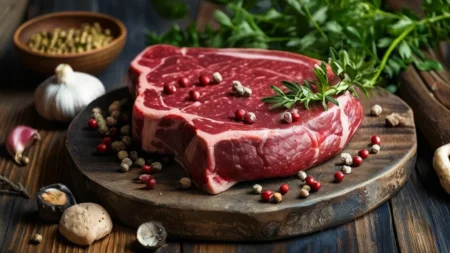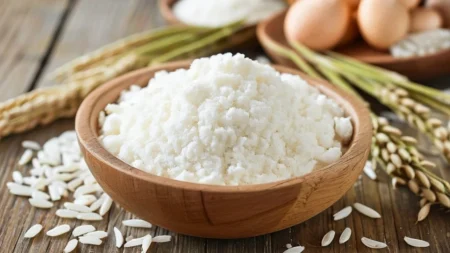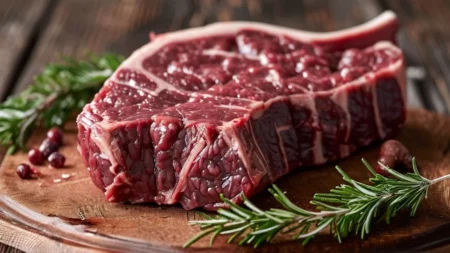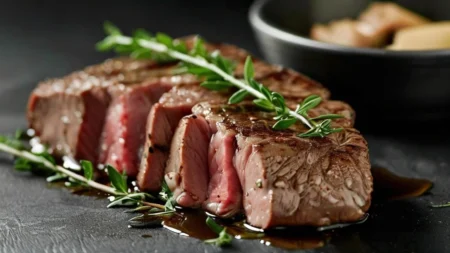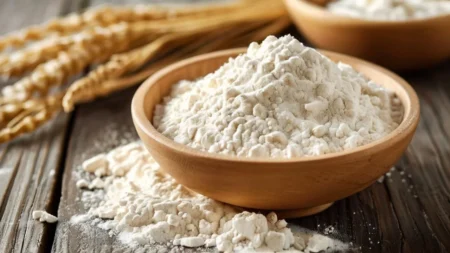Chicken Breasts: A Nutritional Powerhouse and Versatile Protein
Key Takeaways:
- Chicken breasts are lean and rich in protein, making them an ideal choice for fitness and weight loss diets.
- They are low in fat and calories, offering a healthier alternative to other meats.
- Chicken breasts provide essential vitamins like B6 and B3 (niacin), supporting metabolic and immune health.
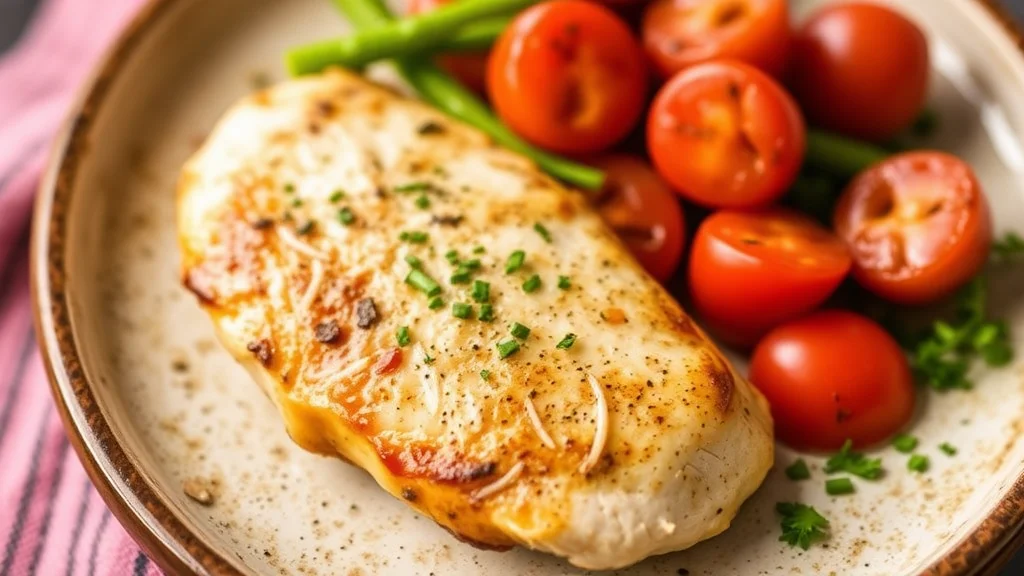
What Are Chicken Breasts?
Chicken breasts are the meaty portion from the chest of a chicken, usually served boneless and skinless. Known for their mild flavor and low fat content, they are a staple in many diets. Their high protein content makes them an excellent food choice for individuals looking to build muscle or manage their weight.
Nutritional Breakdown (per 100 grams of cooked, skinless chicken breast)
| Nutrient | Amount |
|---|---|
| Calories | 165 kcal |
| Protein | 31 grams |
| Fat | 3.6 grams |
| Saturated Fat | 1 gram |
| Vitamin B6 | 0.6 mg (30% DV) |
| Niacin (B3) | 11.4 mg (71% DV) |
| Phosphorus | 208 mg (21% DV) |
Health Benefits of Chicken Breasts
Chicken breasts offer multiple health advantages, particularly due to their protein content and low fat levels. Here’s how they can enhance your diet:
1. Rich in Lean Protein
Protein is vital for building and maintaining muscle tissue, and chicken breasts are an excellent source of high-quality protein. One serving (100 grams) contains around 31 grams of protein, making it ideal for muscle repair after exercise.
2. Supports Weight Loss
Chicken breasts are low in calories and high in protein, helping to promote satiety. This means they keep you feeling fuller longer, which can assist in weight management by reducing overall calorie intake.
3. Heart Health
Chicken breasts contain minimal saturated fats compared to other animal proteins like beef or pork. Reducing saturated fat intake is essential for heart health, lowering cholesterol levels, and preventing cardiovascular disease.
4. Provides Essential Vitamins and Minerals
Chicken breasts are a good source of B vitamins, especially niacin (vitamin B3), which helps maintain skin health and energy production, and vitamin B6, important for brain health and immune function.
Different Cooking Methods for Chicken Breasts
Chicken breasts can be cooked in various ways to suit different tastes and dietary needs. Here are some common methods:
1. Grilling
Grilling chicken breasts is a healthy option, as it requires minimal added fat. Marinate the chicken for extra flavor and grill it to lock in moisture.
2. Baking
Baking chicken breasts is another healthy and low-fat method. Season the breasts with herbs and spices and bake them at 375°F for about 20-25 minutes, or until the internal temperature reaches 165°F.
3. Sautéing
Sautéing chicken breasts in a small amount of olive oil creates a crispy exterior while keeping the inside tender. This method is quick and works well when adding chicken to salads or pasta dishes.
Comparing Chicken Breasts with Other Protein Sources
1. Chicken Breasts vs. Beef
While beef contains more iron and vitamin B12, chicken breasts are lower in calories and fat, making them a better option for weight-conscious individuals.
2. Chicken Breasts vs. Fish
Fish like salmon provides healthy fats like omega-3s, but chicken breasts contain more protein per serving. For those looking to increase protein without added fats, chicken breasts are preferable.
3. Chicken Breasts vs. Plant-Based Protein
Tofu and legumes offer plant-based protein but often lack certain essential amino acids. Chicken breasts are a complete protein, making them more efficient in muscle building and repair.
Potential Drawbacks of Chicken Breasts
While chicken breasts are an excellent source of lean protein, there are some limitations:
1. Overcooking
Chicken breasts can easily become dry if overcooked. It’s important to monitor cooking times and use a meat thermometer to ensure they don’t exceed 165°F.
2. Flavor
Chicken breasts are relatively bland compared to more flavorful cuts like thighs. To improve the taste, marinate the breasts or cook them with rich sauces.
Chicken Breasts in Various Cuisines
Chicken breasts are used in a variety of global cuisines, adapted to local flavors and techniques.
1. American Cuisine
In the U.S., chicken breasts are commonly grilled, baked, or sautéed. Popular dishes include grilled chicken salads, chicken sandwiches, and stir-fries.
2. Asian Cuisine
Asian dishes often feature chicken breasts in stir-fries or soups. In Chinese cuisine, chicken is stir-fried with vegetables, while Indian dishes might feature it in curries like butter chicken.
3. Mediterranean Cuisine
Mediterranean diets incorporate chicken breasts grilled with herbs like oregano and olive oil. They are often served alongside vegetables, rice, or pita bread.
Conclusion
Chicken breasts are a lean, high-protein option that fits into a variety of diets and cuisines. Whether you’re trying to build muscle, lose weight, or improve heart health, chicken breasts provide a nutritious and versatile solution. While they can be bland or dry if not cooked properly, experimenting with marinades and different cooking methods can enhance their flavor.
FAQ
Q: How should I store cooked chicken breasts?
A: Store cooked chicken breasts in an airtight container in the refrigerator for up to 3-4 days. For longer storage, you can freeze them for up to 4 months.
Q: Can I eat chicken breasts on a low-carb diet?
A: Yes, chicken breasts are an excellent option for low-carb diets, as they contain virtually no carbohydrates while providing high amounts of protein.
Q: Are chicken breasts a good source of iron?
A: Chicken breasts contain small amounts of iron, but they are not as iron-rich as beef or dark poultry meat. However, they still contribute to daily iron intake.
Q: How can I prevent chicken breasts from drying out?
A: Marinating chicken breasts or using cooking methods like grilling or baking at lower temperatures helps prevent them from drying out. Always check that the internal temperature is 165°F to ensure they are cooked but still juicy.
Q: Can I eat chicken breasts if I’m trying to lower cholesterol?
A: Yes, chicken breasts are low in saturated fat, making them a healthier option for those looking to lower cholesterol levels.





